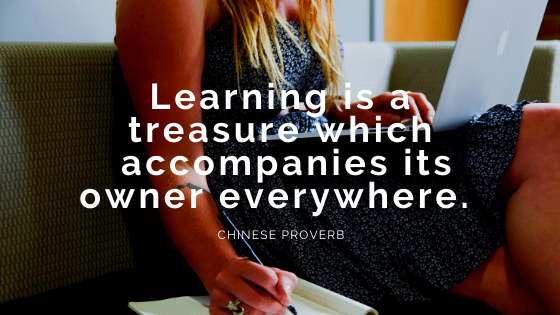I wrote one book (my dissertation) and always wanted to write another – and another – but never got around to it. I thought that writers were a special breed and everything they wrote would get published and hit the best seller list. How could I do that?
I read a lot and realize that many people write books. Some are good, others are not so good. And yet others are really bad. But somehow they got published. I began to think: I can do this. But how? When I wrote my dissertation, it was for a specific purpose (to earn my Ph.D.). I could have published it, but it would have needed more work to get it into shape for publishing. I didn’t have the energy or desire at that time to put in the work. Then, I left academia for business and all thoughts of publishing were left behind.
Fast forward a few years and I’ve returned to the idea of writing and publishing a book. For some time, I’ve followed a company, Scribe (formerly Book In A Box), that helps authors publish their books. They offered a workshop that I was too cheap to attend. It was intriguing, though, and when the pandemic hit, Scribe took the workshop online and let people take it at no cost. I signed up.
I spent 10 hours over two days plus a couple hours on day three watching live webinars with Tucker Max, author and founder of Scribe, and his staff and actually working on my book. I learned how to position the book, write an outline, deal with all the fears that accompany writing a book, and create a writing and editing plan.
But why tell you all this? Yes, I do hope you’ll take a look at my book when it’s published. That’s not the point, though. Too often, we trainers are so focussed on delivering training that we forget what it’s like to sit in the seat and be the student.
Why is it important to be the student now and again? It gives you perspective. Do you see the trainer using techniques you employ in your classes? How well do they sit with the students? What works? What doesn’t work? You consider how you teach and what you can improve to help your students learn the material, retain it, and be able to use it when needed.
If we want to be effective trainers and teachers, we need to evolve and learn new ways of teaching. That’s where learning comes in. Many trainers who had never presented online had to quickly learn how to deliver a webinar in the past two months. Some did well; others stumbled and limped through their webinars. What if you had watched other trainers deliver webinars over the past few years and started offering your training online prior to the pandemic? Sometimes circumstances force us to learn something new, but online training isn’t new. It’s just that some have come later to it than others.
So what do you want to learn? Find something and take a class. Use it to gain knowledge and skills, but also to learn how others teach. You will gain some level of expertise in a topic and perspective in the art of training adults. Take what you like and leave the rest.
In college, I lived in a dormitory that carries an inscription on one of its exterior walls. It says: “The end of learning is gracious living.” We thought that it meant we could leave the rigors of our educational pursuits behind us when we earned our degrees and start living well. The college interprets this quote differently and sponsors a “Day of Gracious Living” when they encourage alumni to contribute to the annual fund. The sentiment is that when we finish our learning, we’ll be gracious and give back. It’s an effective way to get alumni to contribute, but I would argue that we shouldn’t stop learning. Just because you have a degree or credential doesn’t mean you won’t benefit from continuing education.
Go ahead. Take a class. Learn something new.

